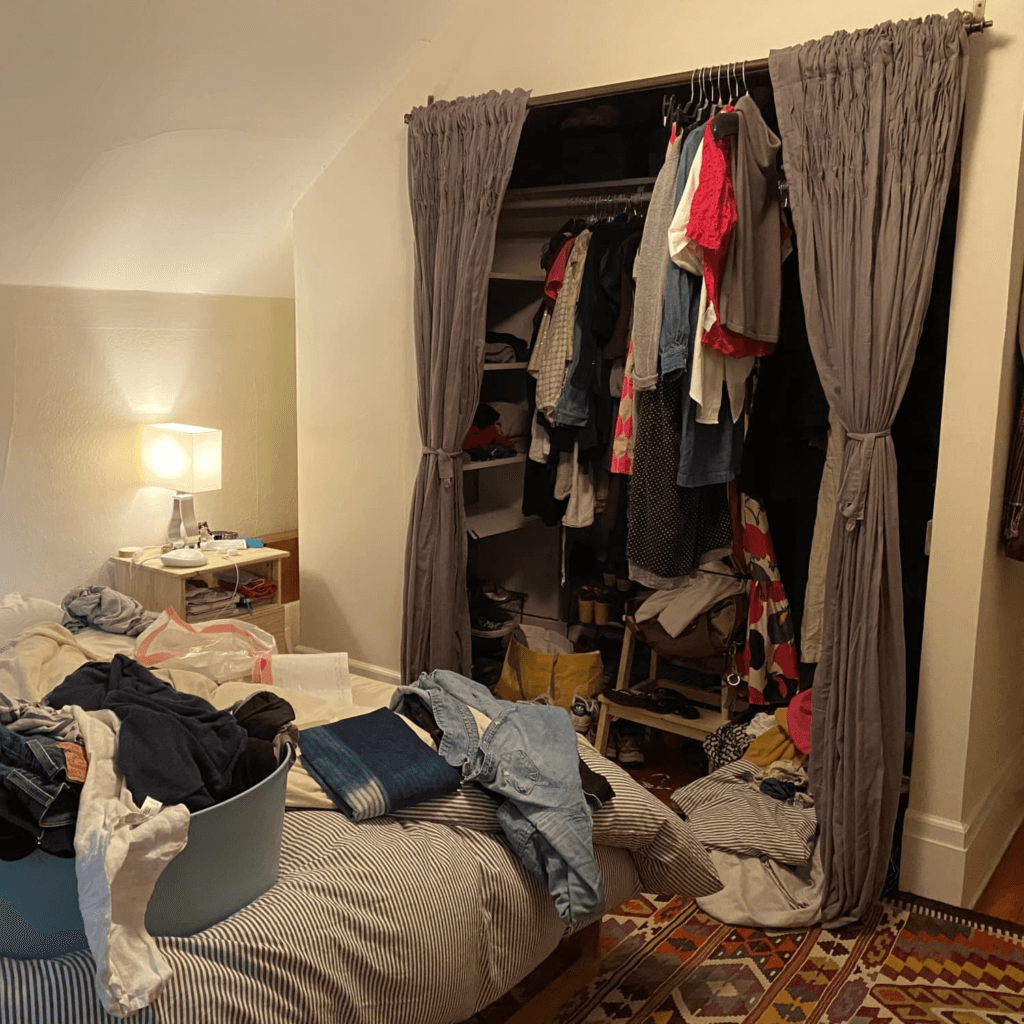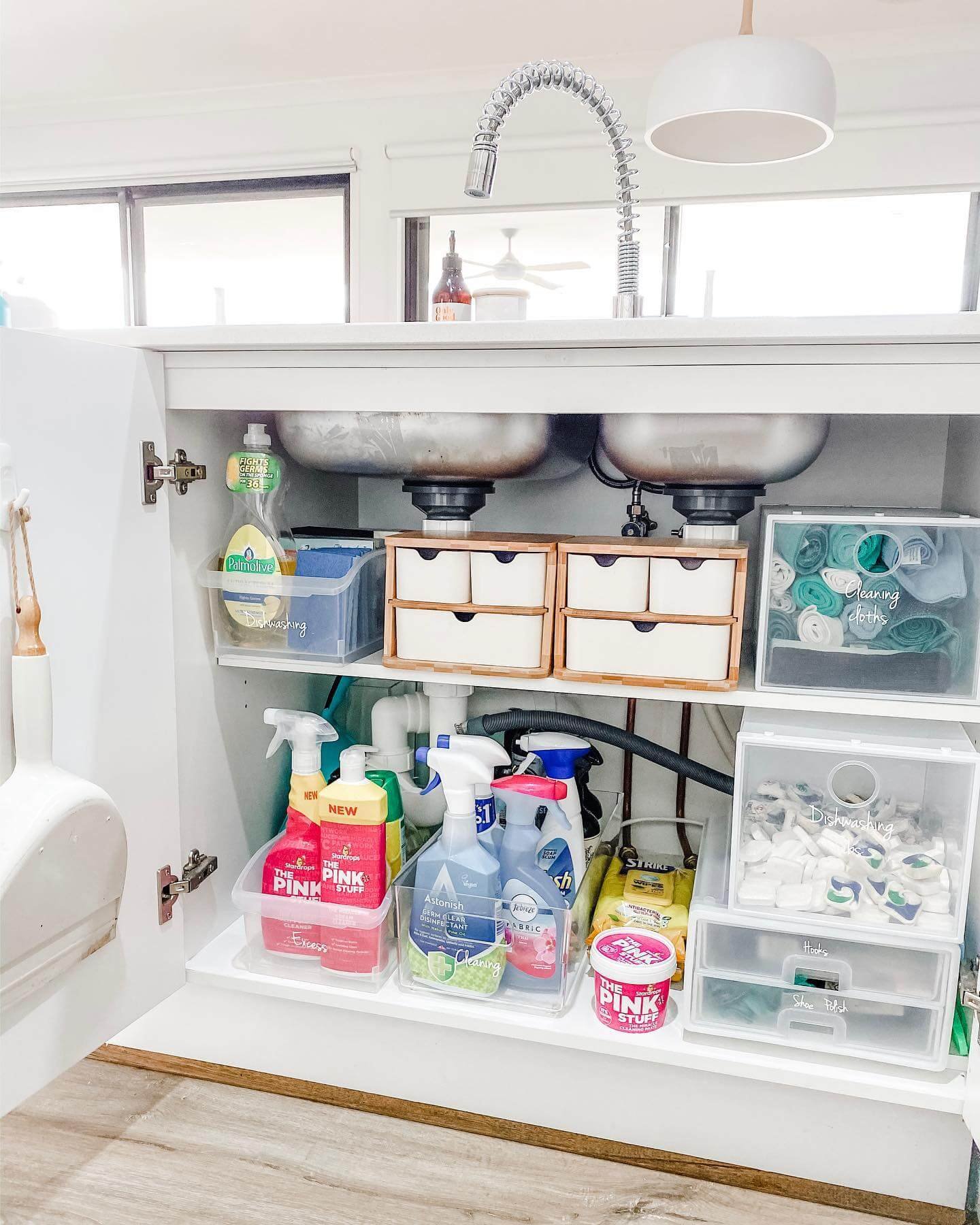Are you feeling overwhelmed by the stuff in your home? Do you walk into rooms and immediately feel stress instead of relaxation?
You’re not alone! Many of us struggle with clutter building up over time. The good news is that with some simple steps and a bit of determination, you can transform your living space into the peaceful haven you deserve.
Decluttering is not difficult but it needs commitment and discipline to plan and execute once in every few weeks or months.
Why Decluttering Matters
Before we dive into the how-to part, let’s understand why decluttering is so important. A tidy home isn’t just about looking good in photos. Research shows that living in a cluttered space can actually increase stress hormones in your body. When your home is organized, you’ll:
- Feel more relaxed and calm
- Save time looking for things
- Clean more easily and quickly
- Feel proud of your space
- Sleep better at night
Get Started With The Right Mindset
The biggest challenge isn’t the physical work—it’s the emotional attachment we have to our belongings. Before you begin, remember:
Everything in your home should either be useful or bring you joy. If an item doesn’t fit into either category, it might be time to let it go.
However, most of the items that we end up not deciding, are those that are not immediately needed but “might be needed” in the near future. This is where most people get stuck.
The easy way I deal with this is:
- If I haven’t used that thing in past 1 year, it probably belongs in the storage.
- If I haven’t used it in 2 years or more, it belongs in the donation bin.
With this rule of thumb, you will go thorough everything in your house and decide to either keep it, put it away in storage room or get rid of it or better donate it.
Room-by-Room Decluttering Plan
The Kitchen

The heart of many homes often becomes a magnet for clutter. Start with:
- Expired food: Check your pantry, refrigerator, and freezer. Throw away anything past its date.
- Duplicate items: Do you really need five spatulas and three can openers? Keep your favorites and donate the rest.
- Rarely used appliances: That fancy juicer you used twice three years ago is taking up valuable space. If you haven’t used an appliance in a year, consider finding it a new home.
- Mismatched containers: Sort through your food storage containers. Recycle any without matching lids.
The Bedroom
Your bedroom should be a peaceful retreat. Its a place where you go at the end of the day for laying down and relaxing. A cluttered bedroom steals your “chi” and makes you anxious.

Here’s how to declutter your bedroom and make it a space you want to spend time in:
- Clothing: Try the reverse hanger trick. Turn all your hangers backward. After you wear and wash something, put it back with the hanger facing the normal way. After six months, consider donating anything still hanging backward.
- Under-bed space: This shouldn’t be a catch-all storage area. Use proper containers for seasonal items only, or leave it empty for better air flow.
- Nightstand: Keep only essentials here—perhaps a lamp, your current book, and a glass of water. Remove everything else.
- Decorative pillows: While they look pretty, too many can make daily bed-making a chore. Keep only the ones you truly love.
The Living Room
This is where family and guests gather. It is usually a place where you gather with your friends and family and celebrate all the important events of your life. It should be in its best shape at all times. Here are some practical decluttering tips.
- Addressing flat surfaces: Coffee tables, side tables, and mantels tend to collect random items. Clear them completely, then put back only what belongs.
- Media organization: Sort through DVDs, video games, and remotes. Store what you keep in dedicated containers.
- Throw blankets and pillows: Keep only enough for family members and typical guests. Extra blankets can be stored elsewhere.
- Toys: If you have children, create an easy storage system where toys can be quickly gathered at the end of the day.
The Bathroom
Bathrooms collect products quickly and they are usually less spacious than other areas in your home. With mindful bathroom organization, you can make sure your bathroom remains clutter free and tidy.

- Medicine cabinet: Safely dispose of expired medications. Check with your local pharmacy for proper disposal methods.
- Beauty products: Be honest about what you actually use. Most products expire within 6-12 months after opening.
- Towels: Worn, stained, or ragged towels can be donated to animal shelters. Keep only what you need for your family plus a reasonable number for guests.
- Under-sink area: Use clear bins to organize and prevent forgotten items from accumulating in the back.
Practical Tips for Success
1. Start Small
Don’t try to declutter your entire home in one weekend! This leads to burnout and frustration. Instead, try these approaches:
- 15-minute method: Set a timer and work on one small area for just 15 minutes. Even this short time can make a visible difference.
- One-category approach: Focus on one type of item across your home, like books or clothes, rather than tackling entire rooms.
- Box method: Place three boxes labeled “Keep,” “Donate/Sell,” and “Trash” in the room you’re working on. Sort items directly into these boxes.
2. Ask the Right Questions
When deciding what to keep, ask yourself:
- Have I used this in the past year?
- Would I buy this again today?
- Does keeping this make my life better?
- If I saw this in a store now, would I buy it?
If the answer is “no” to these questions, it might be time to let the item go.
3. Create Homes for Everything
A key principle of staying organized is having a specific place for each item. When everything has a home, putting things away becomes automatic.
4. One In, One Out Rule
For every new item that comes into your home, challenge yourself to remove one similar item. This prevents clutter from building up again.
5. Dealing with Sentimental Items
These can be the hardest to part with! Try these approaches:
- Take photos of meaningful objects before donating them
- Keep one representative item instead of the whole collection
- Create a special “memory box” with limited space for truly precious items
Maintaining Your Clutter-Free Home
Once you’ve done the hard work of decluttering, keep it that way:
- Daily tidy-up routine: Spend just 10 minutes each evening returning items to their homes.
- Weekly reset: Choose one day a week to reset problem areas that tend to collect clutter.
- Seasonal review: Four times a year, do a quick sweep through your home to catch any building clutter.
- Shopping pause: Before buying something new, give yourself a 24-hour waiting period to decide if you truly need it.
When You Need Extra Help
Sometimes clutter feels too overwhelming to tackle alone. It’s okay to:
- Ask a non-judgmental friend to help
- Hire a professional organizer for a few hours
- Join an online decluttering challenge for motivation
The Surprising Benefits
People who successfully declutter often report:
- Better sleep
- Less anxiety
- More free time
- Even saving money (when you know what you have, you don’t buy duplicates!)
Remember, decluttering isn’t about creating a perfect home that looks like a magazine. It’s about creating a space that works for you, supports your daily life, and brings you peace when you walk through the door.
Your home should be your sanctuary—a place that recharges you, not drains you. With these simple steps, you can create a space that truly feels like home.
What area of your house will you start decluttering first?

